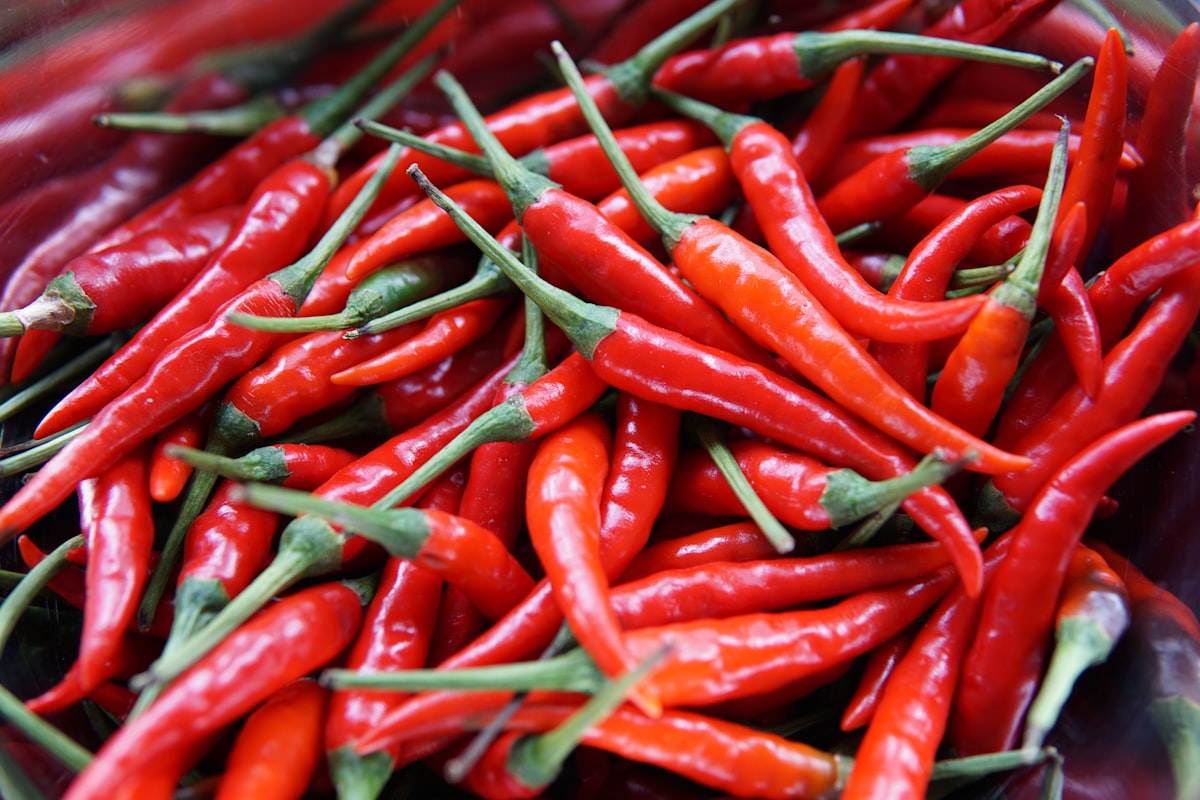The Science of Spiciness (Ted-Ed)
Have you ever wondered why your mouth feels like it's on fire when you eat a spicy pepper? Or why wasabi makes your eyes water? The answer lies in the science of spiciness.

Have you ever wondered why your mouth feels like it's on fire when you eat a spicy pepper? Or why wasabi makes your eyes water? The answer lies in the science of spiciness.
Spiciness is not actually a taste like sweet or salty. Instead, certain compounds in spicy foods activate sensory neurons called polymodal nociceptors. These receptors are activated by extreme heat, so when you eat a chili pepper, your brain thinks your mouth is burning.
Different spicy foods contain different types of compounds that activate these receptors. Capsaicin and piperine, found in black pepper and chili peppers, are made up of larger molecules that mostly stay in your mouth. Mustard, horseradish, and wasabi are made up of smaller molecules that can float up into your sinuses.
The spiciness of a food can be measured on the Scoville scale, which measures how much its capsaicin content can be diluted before the heat is no longer detectable to humans.
So next time you feel the burn from a spicy pepper or the coolness from menthol, remember that it's all thanks to the science of spiciness.



